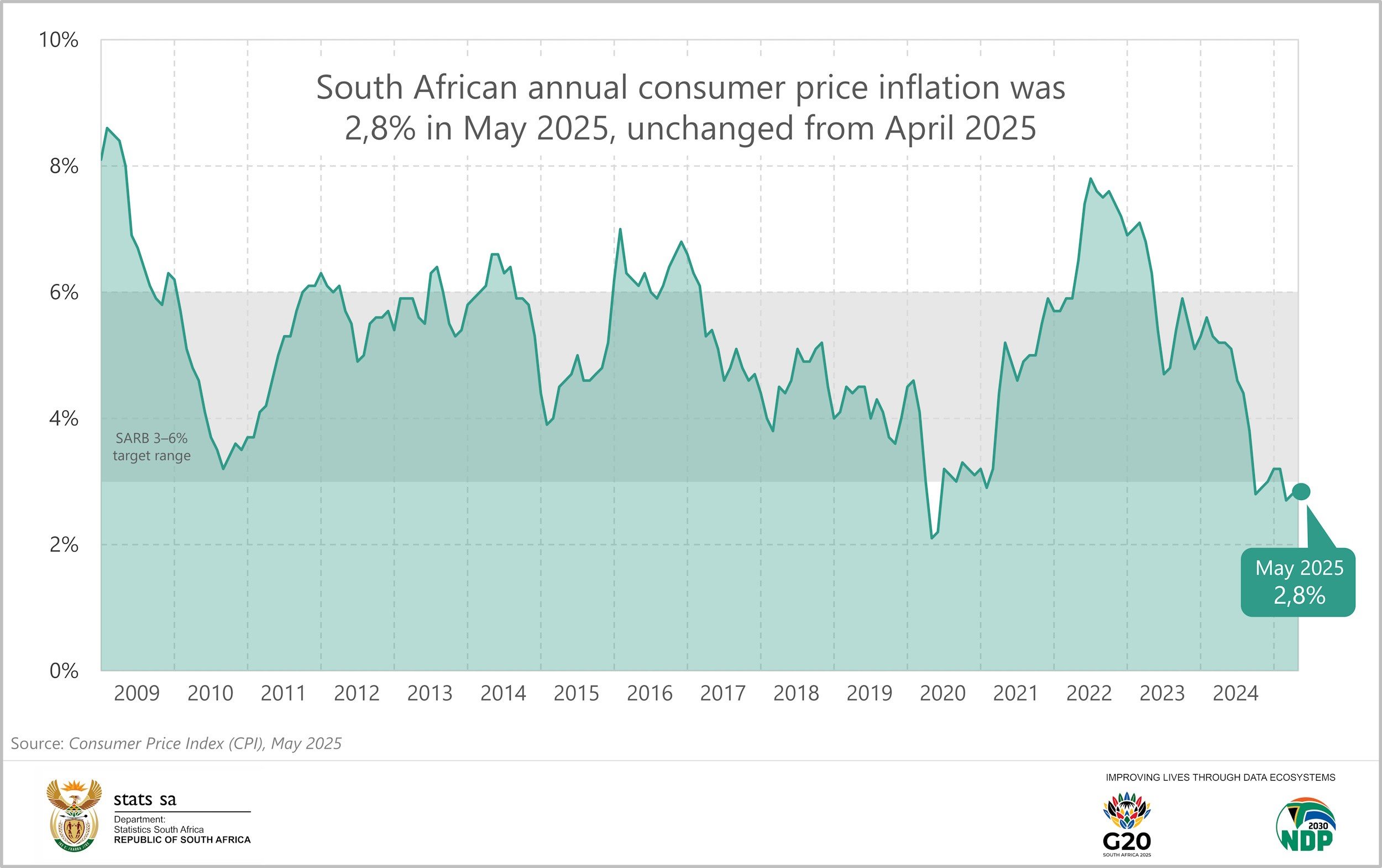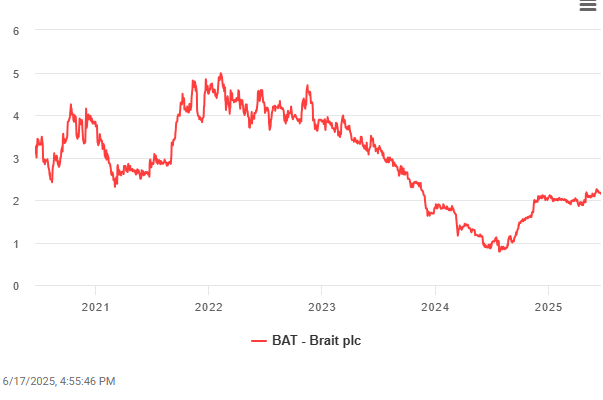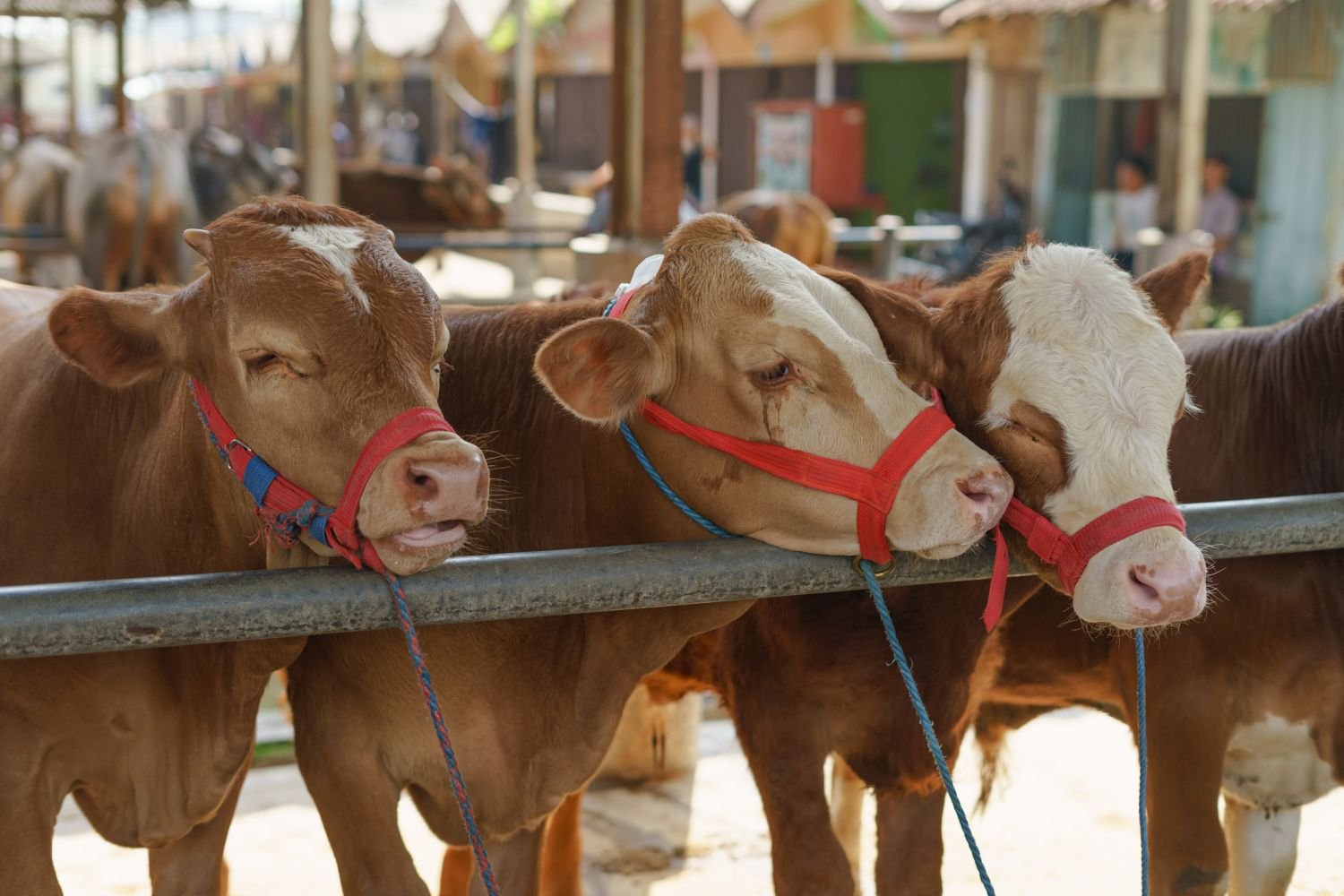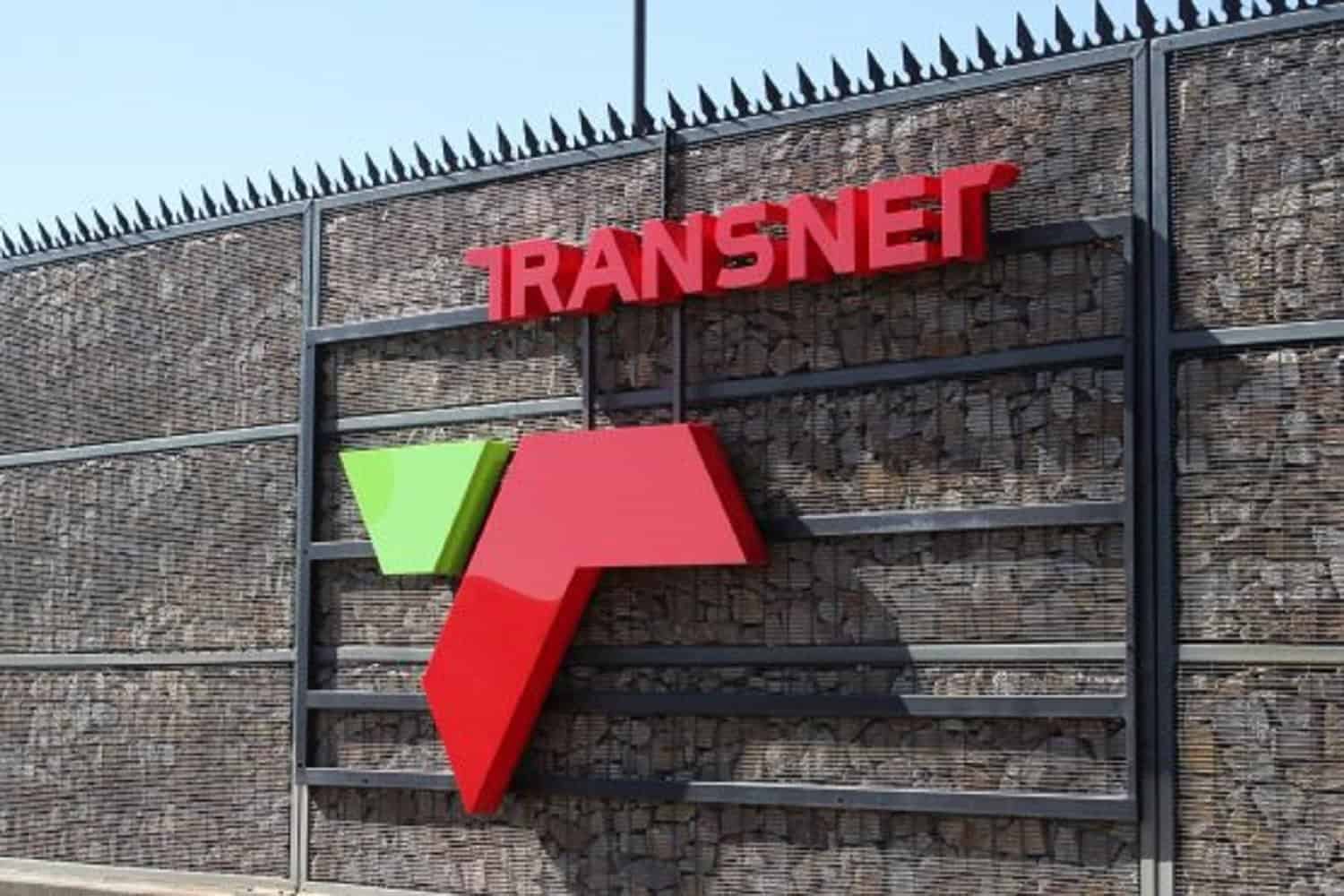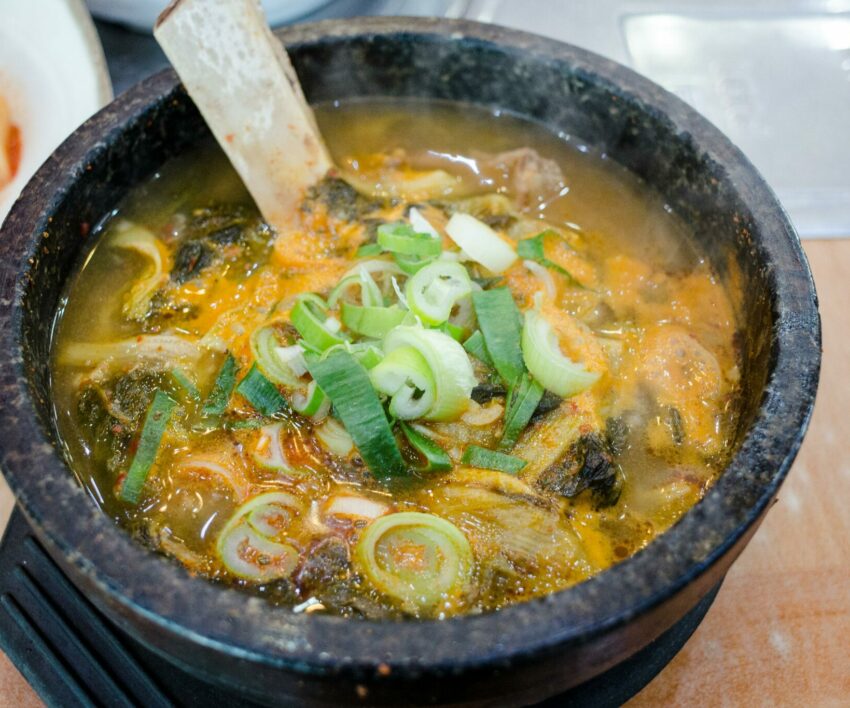This will probably be the last month of low inflation, as fuel and meat prices are expected to spike soon.
Inflation remained steady in May, although food prices continued to increase, with meat being the primary driver of the rise. The inflation rate was 2.8% in May, unchanged from April, while it increased by 0.2% between April and May.
Statistics South Africa (Statistics SA) announced the inflation rate for May on Wednesday morning, noting that food and non-alcoholic beverages were the only categories that contributed to the monthly increase in inflation. The monthly change in food and non-alcoholic beverages was 1.1%, following a 1.3% increase in April.
This graph shows the ups and downs of inflation since 2009:

The annual rate for the category increased to 4.8% from 4.0% in April, the highest rate since March 2024, when it was 5.1%.
ALSO READ: Inflation for April only 2.8%: Is a repo rate cut coming next week?
Meat is the main culprit in increasing food prices
According to Statistics SA, meat, specifically beef, is a key factor behind the increase in food inflation, with the annual rate for meat jumping from 3.0% in April to 4.4% in May. In April, monthly increases for beef products ranged from 6.2% to 11.9%.
In May, notable monthly increases were recorded for beef steak (up by 4.5%), stewing beef (up 2.5%) and beef mince (up 1.7%) due to a widespread outbreak of foot-and-mouth disease combined with higher feed prices.
The fish and other seafood category recorded an annual increase of 4.9% in May, up from 4.8% in April. The price of hake increased by 9.1% and fish fingers by 6.1% compared to a year ago.
The annual rate for oils and fats was 5.6%, the highest since April 2023, when it was 10.0%, with sunflower oil recording an annual increase of 7.6% and brick margarine 7.9%.
Statistics SA says vegetable prices tend to be highly volatile, depending on seasonal factors. This is demonstrated by the annual rate for the category, which stood at 10.3% in May, up from a recent low of -2.6% in November 2024.
ALSO READ: What does lowest inflation in 5 years mean for repo rate?
Vegetable prices also contributed to inflation
The inflation rate for vegetables in May was the highest since January 2024, when it was 12.6%. High annual increases were recorded for beetroot (64.0%), lettuce (20.9%) and carrots (13.4%).
Maize meal and samp also continued to record high price increases, with the annual rate for cereal products at 4.5% in May and double-digit inflation registered for maize meal (14.2%) and samp (20.6%).
However, according to Statistics SA, most wheat-based products are experiencing low inflation, with only biscuits costing more. The price of savoury biscuits increased by 2.2% compared to April, taking the annual rate to 12.5%, while the price of sweet biscuits increased by 1.5% compared to April and by 6.5% compared to a year ago.
Good news for coffee and tea drinkers is that stubbornly high inflation rates for hot beverages may be subsiding. This index was unchanged between April and May, with the annual increase slowing to 12.4% in May from 15.2% in April, the lowest year-on-year rate since April 2024 when it was 11.4%.
This graph shows food and beverage products that registered notable price changes in May:


ALSO READ: What lowering the inflation target will mean for SA
Other notable price changes affecting inflation rate
Services provided by electricians are surveyed twice a year in May and November. These services recorded a monthly and annual increase of 7.9%.
Statistics SA also noted that fuel prices dropped by 1.1% between April and May, pulling the annual rate down to ‑14.9%. This is the largest annual decrease for fuel since October 2024, when the rate was -19.1%. Petrol is now 15.9% and diesel 12.6% cheaper than a year ago.
